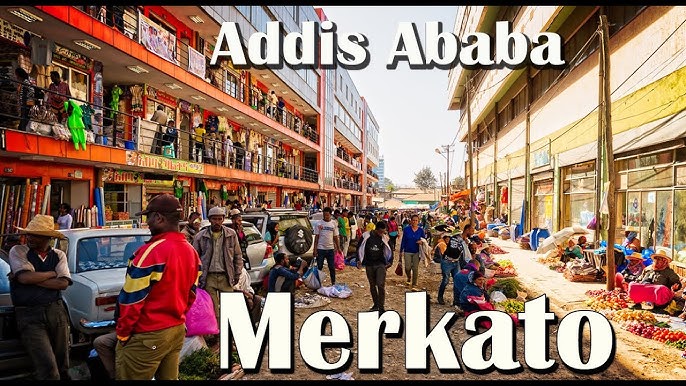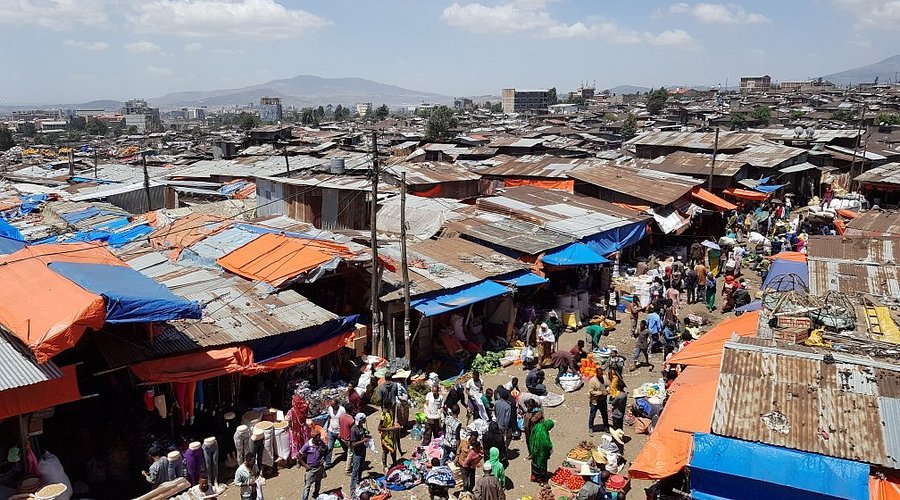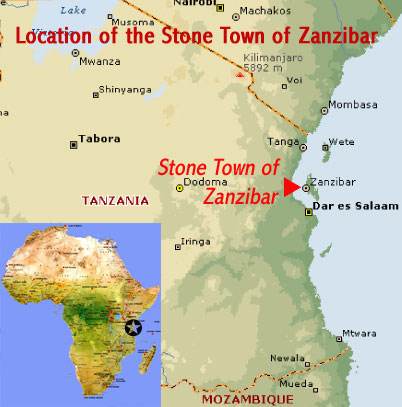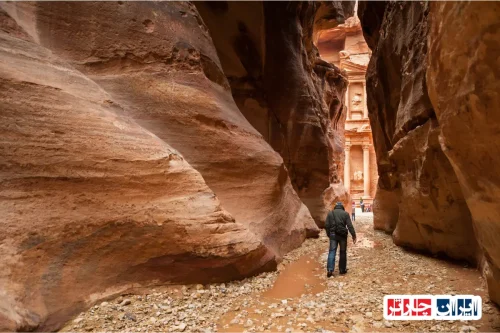Discover the Vibrant Addis Ababa Mercato Market in Addis Ababa, Ethiopia
Exploring the Addis Ababa Mercato Market-Iran Charter in Addis Ababa, Ethiopia, offers a unique glimpse into the heart of Ethiopian culture and commerce. This bustling marketplace, known as the largest open-air market in Africa, spans several kilometers and is a vibrant hub where local vendors and visitors converge daily. The market’s extensive layout features diverse sections dedicated to agricultural products, handmade crafts, traditional clothing, and electronic goods, making it a must-visit destination for anyone interested in experiencing authentic Ethiopian life. The Addis Ababa Mercato Market-Iran Charter provides a comprehensive overview of this iconic marketplace, highlighting its historical significance, cultural richness, and economic importance. Whether you’re seeking fresh coffee beans, handcrafted jewelry, or traditional textiles, the market’s dynamic environment ensures a memorable shopping experience. As a central part of Addis Ababa’s daily life, the Addis Ababa Mercato Market-Iran Charter stands as a symbol of Ethiopia’s vibrant heritage and ongoing development, inviting travelers and locals alike to immerse themselves in its lively atmosphere and diverse offerings.

History and Formation of the Addis Ababa Mercato Market in Ethiopia
The Addis Ababa Mercato Market, recognized as Africa’s largest open-air marketplace, boasts a rich historical background. Originally situated near St. George’s Church, it expanded significantly during the Italian occupation, reflecting colonial urban planning policies that aimed to develop commercial hubs. Over decades, the market evolved from a local trading spot for agricultural products into a sprawling center of commerce, embodying Ethiopia’s economic resilience and cultural heritage. Its formation mirrors the country’s journey through colonial influence, independence, and modern growth, making it a vital symbol of Addis Ababa’s historical and cultural identity.
In contemporary times, the Mercato has grown into a bustling hub where traditional trade meets modern commerce. Initially focused on local produce and crafts, its diverse offerings now include textiles, electronics, and imported goods, illustrating Ethiopia’s expanding economy. The market’s development reflects the resilience and entrepreneurial spirit of the Ethiopian people, serving as a living testament to their history and ongoing progress. Its historical roots continue to influence its role as a cultural landmark and economic engine within Addis Ababa.
The market has faced various political and economic challenges over the years, yet it remains a cornerstone of local life. Its historical significance is preserved through its architecture, traditional trading practices, and the stories shared by generations of vendors and shoppers. Today, Addis Ababa Mercato stands as a symbol of Ethiopia’s enduring history, cultural diversity, and economic vitality, connecting the past with the present in a vibrant marketplace.
Unique Geography and Vastness of the Mercato Market in Ethiopia
The Addis Ababa Mercato spans several square kilometers in the heart of the city, making it one of the largest open markets in Africa. Its sprawling layout features a labyrinth of narrow streets, bustling alleys, and open squares, creating an energetic environment that attracts thousands of visitors daily. The market’s design is organic, with different sections dedicated to specific types of goods, from fresh produce to handcrafted items, reflecting Ethiopia’s diverse cultural landscape.
This extensive marketplace is characterized by its open-air structure, with vendors setting up stalls along winding streets. Its vastness allows for a wide variety of products, including spices, textiles, jewelry, and electronics, all within easy reach. The market’s size and complexity provide a unique shopping experience, where visitors can explore different sections and discover new products each time they visit. Its strategic location in central Addis Ababa ensures accessibility and makes it a focal point for both locals and tourists.
The market’s geographical setting enhances its role as a cultural and economic hub. Its sprawling nature fosters social interactions and economic exchanges, making it a vital part of daily life in Addis Ababa. The vastness of the Mercato not only showcases Ethiopia’s economic diversity but also highlights its rich cultural tapestry, making it a must-visit destination for anyone interested in Ethiopian life and commerce.
Variety of Sections and Products in Addis Ababa Mercato Market
Fresh Produce and Food Items
The market features dedicated zones for fresh agricultural products, including Ethiopian coffee, spices, vegetables, and tropical fruits. Ethiopian coffee, renowned worldwide, is sold both wholesale and retail, playing a crucial role in local and national economies. Aromatic spices like mitmita and berbere, along with medicinal herbs, are also prominent, reflecting Ethiopia’s rich culinary heritage.
Handmade Crafts and Cultural Artifacts
Craft sections display a wide array of traditional Ethiopian arts, such as Jebena coffee pots, handmade clothing, jewelry, and wooden carvings. These items showcase Ethiopia’s artistic traditions and attract tourists seeking authentic souvenirs. The craftsmanship reflects local culture and history, making the market a vibrant hub for cultural exchange and artistic expression.
Everyday Goods and Electronic Items
Other parts of the market cater to daily needs, offering household items, clothing, footwear, and electronic gadgets. These sections primarily serve local residents, providing affordable options for everyday shopping. The variety and competitive prices make the market a popular destination for bulk buying and household essentials, blending tradition with modern consumer needs.
Shopping Experience and Tips for Visiting the Mercato
Visiting the Addis Ababa Mercato is an immersive experience that requires preparation. Wear comfortable clothing and shoes suitable for navigating narrow, crowded streets. Bargaining is common, so don’t hesitate to negotiate prices to get the best deals. Carry a small map or familiarize yourself with key sections to avoid getting lost amid the maze of stalls.
To optimize your visit, plan your trip during cooler parts of the day, such as early mornings or late afternoons. Prepare a shopping list for specific items to save time and avoid impulse purchases. Keep your valuables secure and be cautious of pickpockets in crowded areas. Respect local customs and engage politely with vendors to enhance your experience.
Sampling traditional Ethiopian foods and beverages is highly recommended. Try local snacks, coffee, and traditional drinks to fully enjoy the cultural richness of the market. Taking photos and engaging with local vendors can enrich your visit, making it a memorable cultural adventure.
Role of the Mercato Market in Daily Life and Ethiopian Culture
The Addis Ababa Mercato is more than a marketplace; it’s a social and cultural hub where community life unfolds. It serves as a gathering place for locals to buy essentials, exchange news, and socialize. The market embodies Ethiopia’s vibrant culture, traditional practices, and social bonds, making it a reflection of everyday life.
Many cultural events, festivals, and informal gatherings take place within or around the market, reinforcing its importance as a cultural center. Vendors and shoppers share stories, music, and traditions, fostering a sense of community and cultural continuity. The market’s lively atmosphere highlights Ethiopia’s rich heritage and the resilience of its people.
Furthermore, the market plays a vital role in promoting local crafts, cuisine, and arts, helping preserve Ethiopia’s cultural identity. It acts as a bridge between generations, ensuring that traditional practices and stories are passed down, maintaining Ethiopia’s unique cultural fabric amidst modernization.
Activities and Cultural Attractions Near the Market
Surrounding the Mercato are numerous cultural and artistic activities that enhance visitors’ experience. Local artists and craftsmen display their work in open-air galleries, showcasing Ethiopia’s contemporary and traditional art forms. These activities turn the market area into a lively cultural district.
Music and dance performances, often featuring traditional Ethiopian rhythms, are common near the market, offering visitors a chance to experience Ethiopia’s musical heritage firsthand. These cultural displays provide insight into local customs and celebrations, enriching the overall visit.
During festivals and special occasions, the area around the market hosts traditional ceremonies, parades, and street performances. Participating in or observing these events offers a deeper understanding of Ethiopia’s vibrant cultural landscape and community spirit.
Challenges and Future Developments of the Mercato Market
As urban growth accelerates, the Addis Ababa Mercato faces challenges related to modernization and preservation. Rapid development and infrastructure projects threaten the traditional layout and historic structures, risking the loss of cultural authenticity. Some parts of the market are undergoing renovation or redevelopment, which may alter its character.
City authorities are working to balance modernization with heritage preservation. Efforts include upgrading facilities, improving sanitation, and regulating vendors to ensure safety and order while maintaining the market’s cultural essence. Strategic planning aims to protect the market’s historic significance while accommodating economic growth.
Looking ahead, the market may incorporate modern amenities and technology, such as digital payment systems and improved transportation links, to enhance visitor experience. However, safeguarding its cultural and historical identity remains a priority to ensure that the Mercato continues to symbolize Ethiopia’s rich heritage and vibrant economy for generations to come.
Travel Tips: Best Time and Safety Guidelines for Visiting the Market
The optimal time to visit the Mercato is during the cooler months or early mornings when the market is less crowded and temperatures are comfortable. Avoid peak hours and weekends if you prefer a calmer shopping experience. Participating in local festivals or special market days can also provide unique cultural insights.
For safety, keep your valuables close and avoid displaying expensive items openly. Use a secure bag and consider hiring a local guide if unfamiliar with the area. Wear comfortable shoes, stay hydrated, and be cautious in crowded areas to prevent pickpocketing or accidents. Familiarize yourself with the main routes and exits to navigate efficiently.
Engaging with local vendors respectfully and following safety tips will ensure a smooth and enjoyable visit. Respect local customs, ask for permission before photographing people, and enjoy the vibrant atmosphere of Ethiopia’s largest market with confidence and awareness.
Stories and Personal Experiences from the Heart of the Mercato Market
Visiting the Mercato offers countless memorable stories. Travelers often share tales of bargaining for unique crafts, tasting authentic Ethiopian dishes, and engaging with friendly vendors. Each encounter reveals a piece of Ethiopia’s rich cultural mosaic.
Many visitors recount their experiences of exploring the maze-like streets, discovering hidden gems, and learning about local traditions through conversations with vendors. These personal stories often highlight the warmth and hospitality of Ethiopian people, making the market a place of cultural exchange and friendship.
Photographers and travelers alike cherish moments captured amidst the vibrant stalls, colorful textiles, and lively street performances. These stories and images serve as lasting memories, illustrating the market’s role as a living, breathing symbol of Ethiopia’s heritage and resilience.
Comparison of the Mercato Market with Other Major Markets Worldwide and Its Unique Features
The Addis Ababa Mercato stands out globally due to its immense size, diversity, and cultural richness. Unlike markets in other parts of the world, such as Istanbul’s Grand Bazaar or Bangkok’s Chatuchak, this Ethiopian marketplace offers a distinctive blend of traditional and contemporary commerce within an open-air setting.
Its unique features include a sprawling layout, a wide variety of local and imported goods, and a vibrant atmosphere that reflects Ethiopia’s cultural diversity. The direct interaction between vendors and buyers fosters a lively trading environment, setting it apart from more structured indoor markets.
Overall, the Mercato is not just a shopping destination but a cultural experience that encapsulates Ethiopia’s history, artistry, and entrepreneurial spirit. Its authenticity and scale make it a must-visit for those seeking an immersive journey into Ethiopian life and commerce.

Frequently Asked Questions about Addis Ababa Mercato Market
- What is the historical background of the Addis Ababa Mercato?
- The Addis Ababa Mercato, known as Africa’s largest open-air marketplace, has a rich history rooted in Ethiopia’s cultural and economic development. Originally located near St. George’s Church, it expanded significantly during the Italian occupation, reflecting colonial urban planning. Over time, it transformed from a local agricultural trading spot into a vast commercial hub, embodying Ethiopia’s resilience and cultural heritage. Its architecture and traditional trading practices preserve its historical significance, making it a symbol of Addis Ababa’s past and ongoing growth.
- How large is the Mercato and what makes its geography unique?
- The Mercato spans several square kilometers in the heart of Addis Ababa, making it one of the biggest markets in Africa. Its organic layout features narrow streets, bustling alleys, and open squares, creating an energetic environment. The market’s strategic central location ensures easy access for locals and tourists alike. Its vastness allows for diverse sections dedicated to different products, fostering social interactions and economic exchanges within a vibrant, open-air setting.
- What types of products can visitors find in the Mercato?
- The market offers a wide variety of goods, including fresh produce like Ethiopian coffee, spices, vegetables, and tropical fruits. Handmade crafts such as jewelry, traditional clothing, wooden carvings, and cultural artifacts are also prominent. Additionally, there are sections for everyday items like household goods, clothing, footwear, and electronics, catering to both local residents and tourists seeking authentic souvenirs and daily essentials.
- What is the shopping experience like at the Mercato?
- Visiting the Mercato is an immersive experience. It’s advisable to wear comfortable shoes and be prepared to navigate crowded, winding streets. Bargaining is common, so negotiating prices can help get better deals. Planning your visit during cooler times of the day, such as early mornings or late afternoons, enhances comfort. Carrying a small map and keeping valuables secure are recommended. Sampling local foods and engaging with vendors enriches the cultural experience.
- How does the Mercato reflect Ethiopian culture and daily life?
- The Mercato serves as a social and cultural hub where community life unfolds. It’s a place for locals to buy essentials, share news, and socialize. The market hosts cultural events, festivals, and informal gatherings that reinforce Ethiopia’s traditions. Vendors and shoppers exchange stories, music, and crafts, fostering a sense of community. It also plays a vital role in preserving Ethiopia’s cultural identity through traditional crafts, cuisine, and social practices.
- What activities and attractions are near the Mercato?
- Surrounding the market are open-air galleries showcasing Ethiopian art and crafts. Traditional music and dance performances often take place nearby, offering visitors a chance to experience Ethiopia’s musical heritage. During festivals, street performances, parades, and ceremonies add to the vibrant atmosphere, providing cultural insights and entertainment for visitors.
- What are the challenges and future plans for the Mercato?
- The market faces challenges from urban development, including modernization efforts that threaten its traditional layout and historic structures. Renovations and infrastructure projects aim to improve facilities, sanitation, and safety, while efforts are made to preserve its cultural authenticity. Future plans include integrating modern amenities like digital payments and better transportation, all while safeguarding its cultural and historical significance to ensure it remains a symbol of Ethiopia’s heritage.
- When is the best time to visit the Mercato and how to stay safe?
- The ideal time to visit is during cooler months or early mornings when the market is less crowded. Avoid peak hours and weekends for a more relaxed experience. To stay safe, keep valuables close, use secure bags, and consider hiring a local guide. Wear comfortable shoes, stay hydrated, and be cautious in crowded areas to prevent pickpocketing. Respect local customs and ask permission before taking photos of people.
- What personal stories do visitors share about the Mercato?
- Many visitors recount memorable experiences bargaining for unique crafts, tasting authentic Ethiopian dishes, and engaging with friendly vendors. Exploring the maze-like streets often leads to discovering hidden gems and learning about local traditions. These stories highlight the warmth and hospitality of Ethiopian people, making the market a place of cultural exchange and lasting memories.
- How does the Mercato compare to other major markets worldwide?
- The Addis Ababa Mercato is distinguished by its immense size, diversity, and vibrant atmosphere. Unlike indoor markets like Istanbul’s Grand Bazaar or Bangkok’s Chatuchak, it offers an open-air experience with a sprawling layout. Its unique blend of traditional and modern goods, along with direct vendor-buyer interactions, provides an authentic cultural experience that sets it apart. It’s not just a shopping destination but a reflection of Ethiopia’s history, artistry, and entrepreneurial spirit.
- What are some tips for tourists planning to visit the Mercato?
- Plan your visit during cooler hours, wear comfortable shoes, and carry a small map. Bargain politely to get better prices. Keep valuables secure and avoid displaying expensive items. Engage respectfully with vendors and sample local foods to enrich your experience. Consider hiring a guide if unfamiliar with the area. Participating in local festivals or market days can also offer unique cultural insights.
- What role does the Mercato play in Ethiopian culture today?
- The Mercato remains a vital social and cultural hub, fostering community bonds and cultural preservation. It’s a place where traditions are maintained through crafts, music, and social interactions. The market also supports local artisans and promotes Ethiopia’s cultural identity, acting as a bridge between generations and a symbol of resilience amidst modernization.
- Are there any nearby attractions or activities for visitors?
- Yes, the area around the Mercato features open-air art galleries, traditional dance performances, and cultural festivals. Visitors can explore Ethiopian art, enjoy local music, and participate in street celebrations during special occasions. These activities enhance the cultural experience and provide deeper insights into Ethiopia’s rich heritage.

























